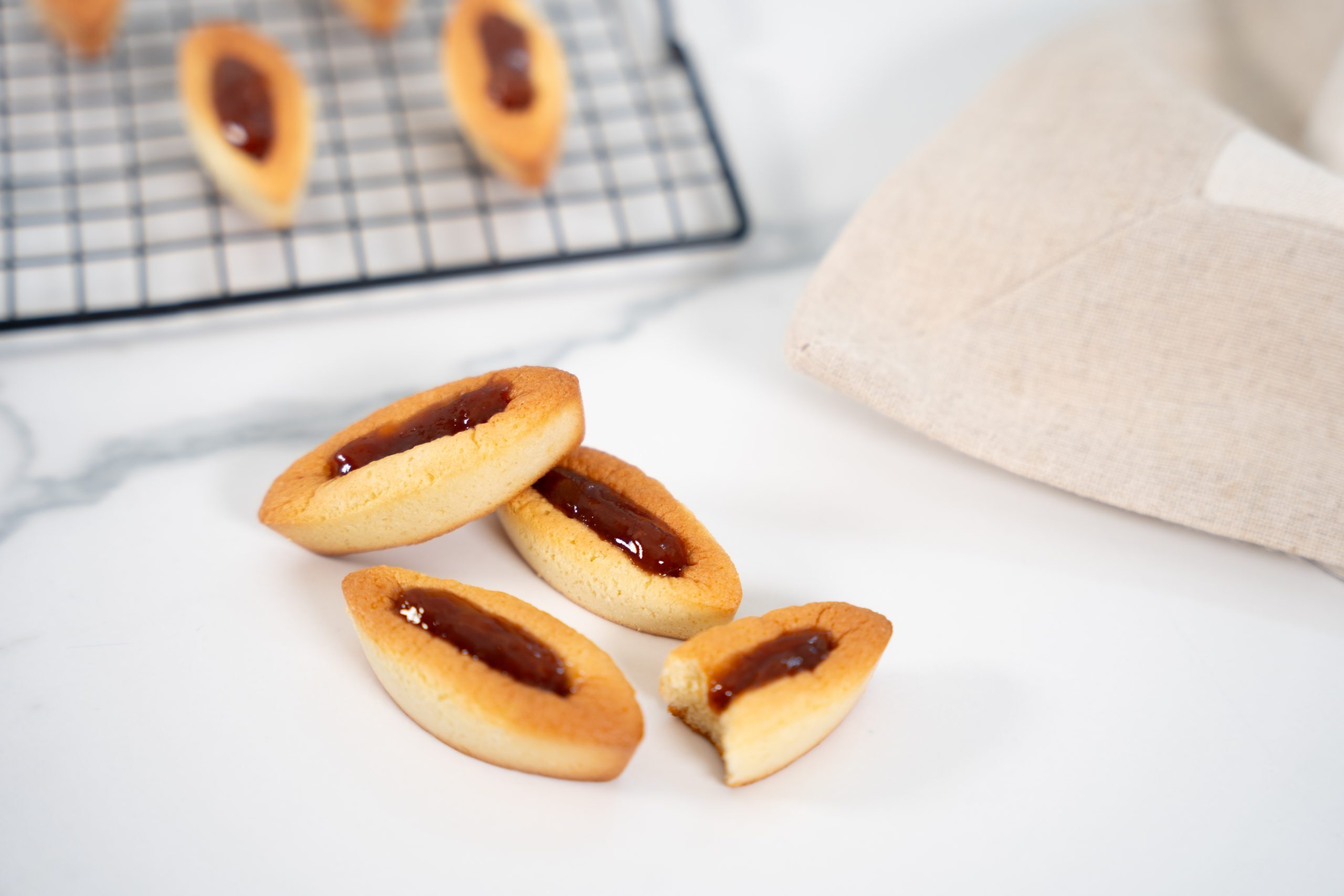
Ever wondered what makes a Barquette so special? These delightful French pastries have a rich history and unique characteristics that set them apart. Originating from France, Barquettes are small boat-shaped tarts filled with various sweet or savory ingredients. Their name, "Barquette," translates to "little boat," reflecting their distinctive shape. These pastries are often enjoyed as a snack or dessert, making them a versatile treat for any occasion. Whether filled with fruit preserves, custard, or even cheese, Barquettes offer a burst of flavor in every bite. Curious to learn more about these charming pastries? Let's dive into 26 fascinating facts about Barquettes!
What is a Barquette?
A barquette is a small, boat-shaped pastry shell that can be filled with various sweet or savory ingredients. These delightful treats are often used in French cuisine and are perfect for appetizers, desserts, or snacks. Let's dive into some fascinating facts about barquettes.
History of Barquettes
Understanding the origins of barquettes can give us a deeper appreciation for these tasty treats.
- Barquettes originated in France, where they were traditionally used as a vessel for both sweet and savory fillings.
- The name "barquette" comes from the French word for "little boat," which describes their unique shape.
- Historically, barquettes were often filled with fruit preserves or custards for dessert, while savory versions might include ingredients like cheese, vegetables, or meats.
Types of Barquettes
Barquettes come in various types, each offering a unique culinary experience.
- Sweet barquettes are typically filled with ingredients like fruit, chocolate, or custard.
- Savory barquettes can be filled with ingredients such as cheese, vegetables, or meats, making them perfect for appetizers.
- Some barquettes are made with a puff pastry base, while others use a shortcrust pastry for a different texture and flavor.
Making Barquettes
Creating barquettes at home can be a fun and rewarding culinary project.
- To make barquettes, you'll need a special barquette mold to achieve the characteristic boat shape.
- The pastry dough is pressed into the mold, then baked until golden and crisp.
- Once baked, the barquettes can be filled with a variety of ingredients, depending on whether you want a sweet or savory treat.
Popular Barquette Fillings
The filling is what truly makes each barquette unique and delicious.
- Fruit preserves, such as apricot or raspberry, are popular fillings for sweet barquettes.
- Lemon curd is another favorite filling, offering a tangy contrast to the sweet pastry.
- For savory barquettes, fillings like goat cheese and caramelized onions are a hit.
- Smoked salmon and cream cheese make for an elegant and tasty appetizer.
- Mushroom and béchamel sauce is a classic savory filling that pairs well with the crisp pastry shell.
Barquettes in Modern Cuisine
Barquettes have found their place in contemporary culinary practices as well.
- Modern chefs often experiment with barquette fillings, incorporating global flavors and ingredients.
- Barquettes are popular at high-end restaurants and catering events due to their elegant appearance and versatility.
- They are also a favorite at tea parties and brunches, where they can be served as bite-sized treats.
Fun Facts About Barquettes
Here are some interesting tidbits that might surprise you about barquettes.
- Barquettes are often used in French cooking classes to teach pastry techniques.
- They can be made in various sizes, from bite-sized to larger versions suitable for a more substantial snack.
- Some chefs use barquettes as a creative way to serve salads or other cold dishes.
- Barquettes can be made ahead of time and stored in an airtight container until ready to fill and serve.
- They are a popular choice for holiday gatherings and special occasions due to their festive appearance.
Barquettes Around the World
While barquettes are French in origin, they have made their way into kitchens around the globe.
- In Italy, similar pastries are known as "barchette," which also means "little boats."
- Spanish cuisine features a similar concept with "tartaletas," which can be filled with various ingredients.
- In the United States, barquettes are often found at gourmet bakeries and patisseries, where they are filled with innovative and seasonal ingredients.
- Barquettes have even made appearances in fusion cuisine, where traditional French pastry meets flavors from Asia, Latin America, and beyond.
Final Thoughts on Barquettes
Barquettes are more than just tasty treats. These boat-shaped pastries have a rich history and come in various flavors, from sweet to savory. Originating in France, they’ve become popular worldwide, especially in bakeries and patisseries. Whether filled with fruit, custard, or cheese, barquettes offer a delightful experience for any palate.
Making barquettes at home can be a fun and rewarding activity. With simple ingredients and a bit of patience, anyone can create these delicious pastries. They’re perfect for parties, gatherings, or just a cozy afternoon snack.
Next time you’re in the mood for baking, give barquettes a try. Their unique shape and versatile fillings make them a standout choice. Enjoy the process, and most importantly, enjoy the taste. Happy baking!
Was this page helpful?
Our commitment to delivering trustworthy and engaging content is at the heart of what we do. Each fact on our site is contributed by real users like you, bringing a wealth of diverse insights and information. To ensure the highest standards of accuracy and reliability, our dedicated editors meticulously review each submission. This process guarantees that the facts we share are not only fascinating but also credible. Trust in our commitment to quality and authenticity as you explore and learn with us.
